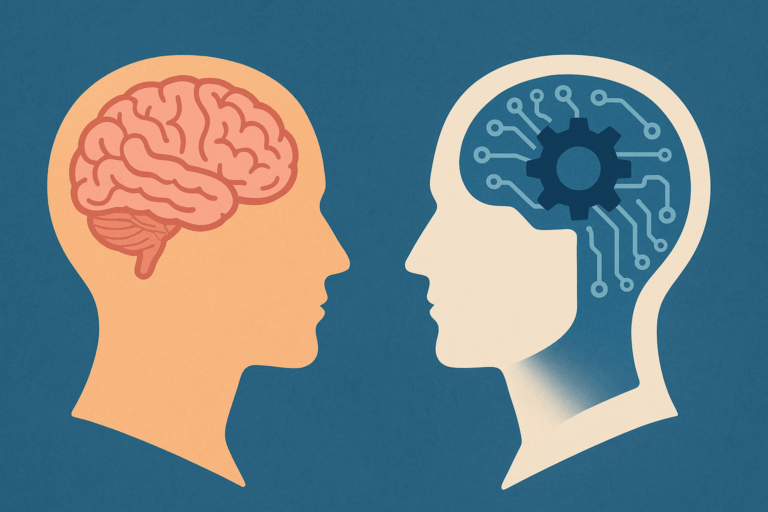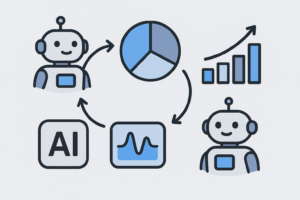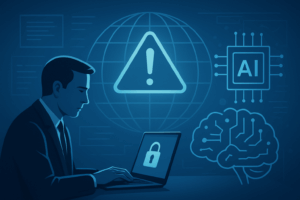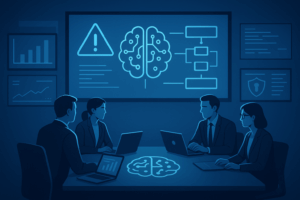Why Human Oversight Still Matters in 2025
As AI systems become more autonomous, it’s tempting to assume governance can also be automated: automated model monitoring, automated alerts, even automated decisions about retraining or shutting down models.
But risk is rarely just technical. It’s operational. It’s reputational. It’s regulatory. And more importantly — it’s human.
“Governance doesn’t fail because we missed a metric. It fails because no one took responsibility when something went wrong.”
— AI Risk Lead, Fortune 100 Healthcare Company
Human oversight remains the accountability anchor in AI systems — ensuring the right people intervene at the right time when algorithms behave unexpectedly or unethically.
What Is the Human Oversight Layer?
The human oversight layer refers to all the human roles, processes, and checkpoints that provide interpretation, intervention, and accountability across the AI lifecycle.
It’s not just one person. It’s a structure of review, ownership, and escalation:
| Human Role | Responsibility |
|---|---|
| Data Owners | Validate training data quality and bias |
| Model Review Boards | Approve high-risk AI user cases |
| Risk & Compliance Teams | Monitor controls, policy alignment |
| Line-of-Business Leaders | Own operational impact and risk |
| Engineers / MLOps | Implement HITL (human-in-the-loop) feedback mechanisms |
When and Where Oversight Is Critical
Oversight isn’t just a checkbox at deployment. It should exist at key phases of the AI model lifecycle:
🔹 1. Problem Framing
Is AI appropriate for this use case?
Are there equity or transparency concerns?
Example: A hospital rejected an AI model that recommended fewer screenings for lower-income patients after governance review flagged an ethical concern.
🔹 2. Data Collection & Labeling
Are humans validating for fairness, representation, and data quality?
🔹 3. Model Approval
Does a model with high-impact risk (e.g., financial decisions) go through an independent review committee?
🔹 4. Inference & Decisioning
Is there a human-in-the-loop (HITL) or human-on-the-loop (HOTL) structure?
Example: JPMorgan Chase uses human validators for AI-driven trading systems to avoid errors during market volatility.
🔹 5. Monitoring & Escalation
Who receives alerts when model behavior drifts?
What thresholds require human intervention?
Case Study: Oversight Failure in Dutch Social Benefits Scandal
The Dutch government used an automated risk-scoring system to detect welfare fraud. The algorithm disproportionately flagged individuals from minority and low-income backgrounds — leading to wrongful accusations and financial penalties.
What failed?
Lack of transparency in how risk scores were calculated
No human review before penalizing recipients
No meaningful oversight or appeal process
📎 Reference: The Guardian – Dutch court rules against welfare fraud algorithm
This scandal shows what happens when automation replaces accountability.
Embedding Oversight into Governance Frameworks
To operationalize human oversight, organizations must design repeatable processes and clear ownership models:
✅ 1. Define Oversight Roles Across the Lifecycle
Use a RACI model (Responsible, Accountable, Consulted, Informed) for each AI stage.
✅ 2. Establish AI Review Boards
Form cross-functional groups (risk, tech, business, legal) to review AI deployments.
✅ 3. Include Oversight in Risk Registers
Identify gaps in human accountability as actual risks.
(See last week’s article: AI Risk Registers: What to Track, Measure, and Escalate in 2025)
✅ 4. Monitor with Escalation Paths
Ensure alerts, flags, and model behavior changes get routed to a person — not just a dashboard.
✅ 5. Document Decision Points
Create an audit trail of when humans intervened or overrode the model — and why.
What Regulators Are Saying
Both EU and U.S. regulatory frameworks are emphasizing the need for human oversight:
🔍 EU AI Act (2025 update): Requires high-risk systems to be “subject to appropriate human oversight.”
🧩 NIST AI Risk Management Framework (RMF): Emphasizes governance functions and documentation of human roles.
📎 Reference: NIST AI RMF 1.0
The Oversight-First Mindset
In 2025, successful AI governance means blending automation with accountability. Human oversight isn’t about slowing innovation — it’s about ensuring it’s trustworthy, fair, and sustainable.
“AI doesn’t remove the need for human judgment — it just raises the stakes of getting it wrong.”




